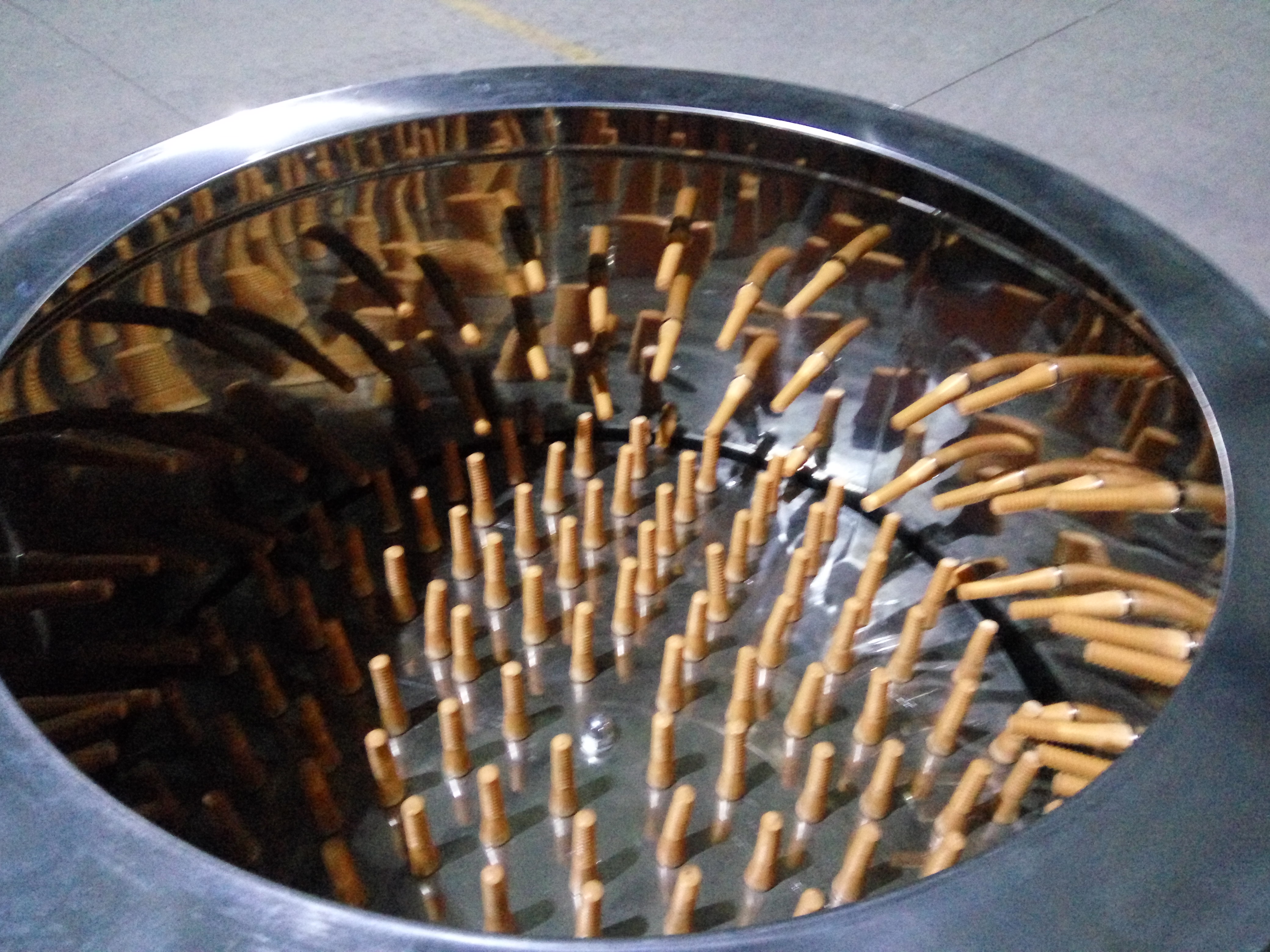Efficient Animal Pellet Feed Production Equipment for Sustainable Livestock Farming
Dec . 04, 2024 12:30 Back to list
Efficient Animal Pellet Feed Production Equipment for Sustainable Livestock Farming
Understanding Animal Pellet Feed Machines A Comprehensive Overview
In modern animal husbandry and aquaculture, the efficiency and effectiveness of feeding strategies play a significant role in the overall health and productivity of livestock and aquatic species. One of the most innovative solutions in this area is the use of animal pellet feed machines. These machines are designed to produce high-quality pellet feeds that can cater to the dietary needs of various animals, including poultry, cattle, pigs, and fish.
What is an Animal Pellet Feed Machine?
An animal pellet feed machine is a type of equipment that converts raw materials such as grains, additives, and minerals into compressed pellets. The process typically involves grinding the raw ingredients into a fine powder, mixing them thoroughly, and then using a pelletizing die to form the mixture into small, round pellets. The end result is a uniform, dense feed product that is easier for animals to consume and digest compared to loose feed.
Benefits of Pellet Feed
There are numerous advantages to using pelleted feed over traditional loose feed. One of the main benefits is improved feed efficiency. Animals tend to digest pellet feed more effectively, leading to better nutrient absorption and growth rates. Additionally, pellet feed reduces waste; since the pellets are dense and compact, animals consume more feed with less spillage compared to loose grains.
Another significant benefit of pelletized feed is the ability to formulate specific diets tailored to the nutritional needs of different species or production stages. This is especially important in modern agriculture where nutritional precision can significantly impact the profitability and sustainability of animal production.
Applications
animal pellet feed machine

Animal pellet feed machines are versatile and can be utilized in various sectors, including poultry, swine, ruminants, and aquaculture. In poultry farming, for example, pellets can be formulated to promote optimal growth in broilers or enhance egg production in layers. For swine, pelleted feed can improve nutrient absorption and overall health, leading to higher market weights at slaughter.
In aquaculture, the formulation of pellets is particularly crucial. Fish and shrimp often require specific protein and fat ratios to ensure growth and health. Pellet feed machines allow aquafarmers to customize feed formulations that meet the dietary requirements of their stock while maximizing feed conversion ratios.
Technological Advancements
Recent advancements in pelleting technology have made animal pellet feed machines more efficient and user-friendly. Modern machines are equipped with features such as automatic temperature control, variable speed mechanisms, and user-friendly interfaces for easy operation. Additionally, some machines now incorporate steam conditioning processes, which enhance pellet quality by making the feed more digestible and palatable.
These technological improvements not only result in higher quality pellets but also contribute to energy savings and reduced operational costs. This is particularly beneficial for small to medium-sized farms that may have limited resources.
Conclusion
Animal pellet feed machines represent a significant advancement in the field of animal husbandry and aquaculture. By converting raw materials into high-quality feed pellets, these machines enhance feed efficiency, reduce waste, and allow for tailored nutritional formulations. As technology continues to advance, we can expect further improvements in pellet feed production methods, contributing to more sustainable agricultural practices and better animal health. For farmers looking to optimize their feeding strategies, investing in an animal pellet feed machine could be a transformative decision that leads to increased productivity and profitability in their operations.
-
Hot Sale 24 & 18 Door Rabbit Cages - Premium Breeding Solutions
NewsJul.25,2025
-
Automatic Feeding Line System Pan Feeder Nipple Drinker - Anping County Yize Metal Products Co., Ltd.
NewsJul.21,2025
-
Automatic Feeding Line System Pan Feeder Nipple Drinker - Anping County Yize Metal Products Co., Ltd.
NewsJul.21,2025
-
Automatic Feeding Line System - Anping Yize | Precision & Nipple
NewsJul.21,2025
-
Automatic Feeding Line System - Anping Yize | Precision & Nipple
NewsJul.21,2025
-
Automatic Feeding Line System-Anping County Yize Metal Products Co., Ltd.|Efficient Feed Distribution&Customized Animal Farming Solutions
NewsJul.21,2025






